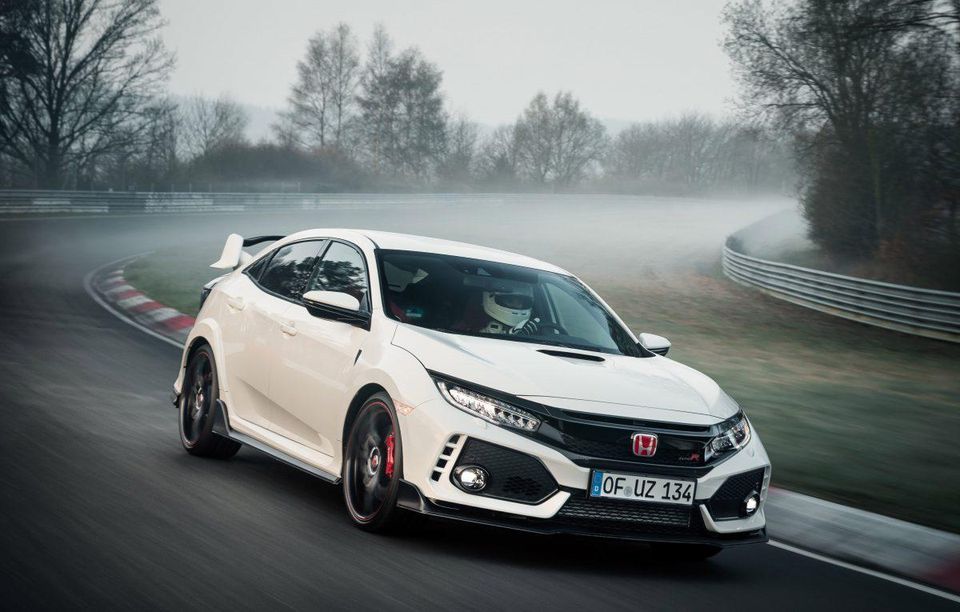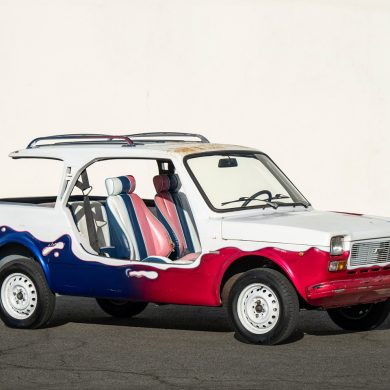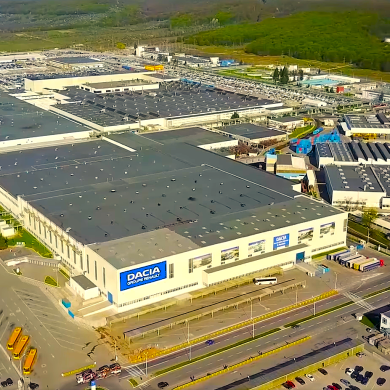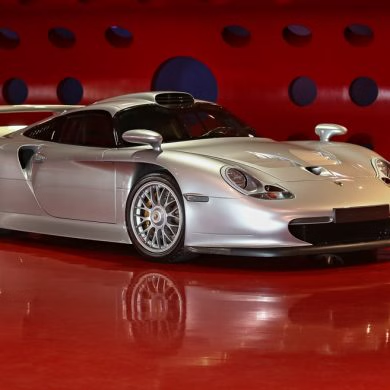"When open the VTEC, the Honda was launched forward screaming and leaving his competitors behind." The Honda fan -and not only- are... used to saying and hearing this phrase. Surely, no motoring enthusiast has ever heard the phrase "open the VTEC". Surely, you know that the fans of multiturn motors or of performance motor, they state... in love with the VTECs. But have you ever wondered what is VTEC and how it works; The more people who love it, the fewer people who know what it is and how it works. That's why we are here! Today, the TopSpeed.gr presents a mini analysis and historical review for the "Diamond", the VTEC system that... haunts the competition.

By Fotis Gelameris
We are in the 1989. Honda presents a motor which advertises as one of the greater innovations in the world. People started talking about it being an engine that, essentially, is like two in one. This is because it manages to combine the economic driving ability at low revs and the maximum efficiency at high. This system is called "VTEC" (variable timing and electronic valve lift control system). In the years to come, it will not just be a acronym, will be synonymous with the Japanese brand, technology, evolution, but also reliable performance.

Its function is to simple. Honda among the two cams (which most cars have) added a third with more aggressive profile, which will come into operation only when circumstances require it. So when the revs increase, η oil pressure increases and through a pin the cams lock all, including the third cam (the other two just follow) to opens more and for longer duration the valves. In a nutshell, this is VTEC, the system that takes you to work one minute Finance and calm and, on the other hand, it makes you think you're in another car ready for attack on a racetrack.

Most people believe that the Honda presented this system, for first time in a car engine. But, in fact, the technology was actually presented six years before he debuted on a four-wheeler, on one of Honda's most famous motorcycles, the CBR 400R. Named Hyper VTEC, and its role was to allow only one inlet valve and one outlet valve to operate under the 9.500 rpm, and above that limit to work all four.

This system, a little more sophisticated and with new name, it was expected to come to car engines. Pioneered the Integra with the immortal B16A engine, came to... to give the competition a hard time. 1.600 with 160 horses (100 horses per litre) engine, with a cut-off above 8,000 rpm, for the time was pure madness. A modern Ford Mustang 5.000 c.c.. and 420 horses manages to give us 84 horses per litre. Think about it for a moment: A 1,600cc engine, built 30 years ago, managed to give more horses per litre than a five-litre V8. With the same motor, Civic and CRX were released in Europe, making Vtec known to the masses.

Shortly afterwards, the Vtec did not take long to appear in the Integra Type R. Ο B18 engine, with its larger capacity, not only troubled the competition, but...teeth" of the stronger sets. Vtec, 1.8 litres and 190 horses: How awesome is it that the Type R then produced more horses per litre even from supercars of the time, such as the Ferrari F335 V8! And, naturally, with this engine, Honda swept the races: Realtime Racing, for example, used the Integra to compete in the SCCA World Challenge Touring Car class, winning several titles. And, in 1992, the Integra was used as a safety car in Formula 1.

After several variations of Vtec, we end up with the system that has it all (or, almost all of them, if you exclude the turbo). Honda, the 2001 (2002 in the USA) presents the i-Vtec (intelligent Vtec) that the engines of the K Series. There were not many changes compared to the Dohc Vteche still had different camshaft profiles for low and high revs, with the only difference being that now the intake camshaft could proceed 25 and 50 degrees during operation. This and if it was a revolution in the operation of the system, since it had now been improved the torque at low and medium turns. The i-VTEC technology was also applied to other models of the Japanese manufacturer (Accord CL7, CR-V RD8) and is still used today, but with completely different engine operating characteristics.

Honda did not disappoint us and gave us something more that was missing: A rear-wheel drive with Vtec. Honda S2000 with an engine from... another planet, since its engine was the one that produced the most horses per litre for a long time. F20C engine code at 2000 cubic centimetres and 240 horses. With the chassis having amazing weighing 50-50, the Vtec to be Video and the motor spinning screaming up to 9,000 rpm., the S2000 - created to celebrate Honda's half-century - gave the dynamometer the an astonishing 120 hp per litre (in JDM versionwho was 10 hp more powerful, the specific power reached 123.5 horses per litre).
So the S2000 kept for a decade on Honda on top, as the manufacturer of the motor with the greatest specific power on the planet. Until the Ferrari and take the reins, with the atmospheric V8 of the 458 Italia, which yields 124.5 hp to the litre. But, to this day, the specific power of the Honda is superior to many supercars…

Honda is a company that has made history, has giant fanbase and, he has proven to be very knowledgeable how to offer strength and reliability in its models. With the Vtec, the Japanese knew they had hit the mark."vein of gold"and that's why they have continued - and will continue - to develop it. Today, it "reigns" over the awesome and awesome Honda Civic Type-R. With the Vtec and the turbo, the 2L motor that the Type-R wears has catapulted its performance to 306 horsepower. And, in conjunction with the awesome setup, the Civic Type-R didn't take long to take the title of fastest front-wheel drive vehicle who turned the Nurburgring and is perhaps the most formidable opponent in the hot hatch. And then? Where else will we see the "Diamond" of Honda?






